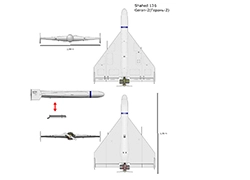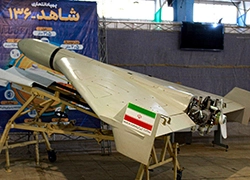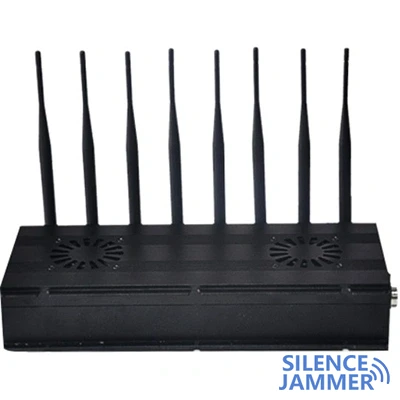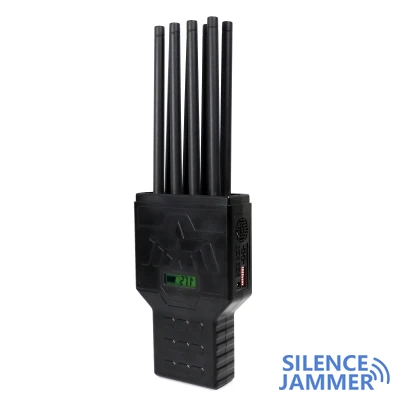Kamikaze drone threats in the Russian-Ukrainian war
As the Russian-Ukrainian war entered an intense bombing phase, Russia used a large number of kamikaze drones to attack Ukrainian civilian facilities, including energy systems. Although these drones are not very accurate, their large number and low cost make it uneconomical to intercept them with air defense missiles. For this reason, NATO decided to provide hundreds of signal jammers to help Ukraine deal with these threats.
NATO's countermeasures: signal jammers
NATO Secretary General Jens Stoltenberg announced at the Berlin Foreign Policy Forum that NATO will provide Ukraine with remote-controlled signal anti-drone jammers capable of interrupting kamikaze drones in the coming days. Thereby detonating them in advance and reducing the threat to Ukraine's civilian infrastructure. Stoltenberg specifically mentioned that these systems can effectively counter various drones used by Russia, including the Iranian-made Shaheed 136 drone.

The operation is part of NATO's aid to Ukraine, which includes fuel supplies, winter clothing and medical supplies in addition to anti-drone jamming equipment. Ukrainian Foreign Minister Dmytro Kuleba said in an online meeting that NATO's assistance will help Ukraine save more lives and better protect its energy infrastructure.
The role and threat of Shahid-136 drones
Although Iran denies providing kamikaze drones to Russia, there is a lot of evidence that Iran's Shahid-136 drones were used in the attacks on Ukraine. These drones are called hovering munitions and are able to loiter in the air until they identify their targets before launching a self-destruct attack. Although their technical level is not high, the 40-kilogram warhead is extremely destructive to undefended civilian facilities, especially power grids and energy nodes.

| Shahed 136 | ||
| Type | Loitering munition | |
| Used by | Iran, Russia | |
| Manufacturer |
|
|
| Mass | 200 kg (440 lb) | |
| Length | 3.5 m | |
| Wingspan | 2.5 m | |
| Warhead weight | 50 kilograms (110 lb) | |
| Engine | MD-550 piston engine | |
| Operational range |
2,500km (1,600mi) | |
| Maximum speed | Around 185km/h (115mph) | |
| Guidance system |
GNSS, INS | |
These NATO anti-drone jammers will greatly enhance Ukraine's defense capabilities against these low-cost, high-destructive drones, thereby protecting more lives and critical facilities.





